As the demand for reliable health monitoring grows, blood pressure meters (BPM) are evolving with cutting-edge technology and expanding market significance. This article provides an in-depth analysis of this rapidly growing market, its drivers, technological advances, and key considerations for selecting the best devices for your buyers in 2025.
Table of Contents
Market size and growth points
Aspects to classify blood pressure meters
Latest developments of blood pressure meters
Key points for choosing blood pressure meters
A brief history of BPM development
Conclusion
Market size and growth points
The market size of blood pressure meters is considerable due to the huge health demand. According to a report by Grand View Research, the US market for blood pressure measurement devices was approximately USD 1.64 billion in 2023. The growth of this market size is mainly influenced by factors such as the increasing number of patients with chronic diseases, increasing healthcare expenditure, and the aging population. By Precedence Research, the global market for blood pressure measurement devices is expected to grow at a compound annual growth rate (CAGR) of 8.49% annually until 2033 and is expected to reach USD 4.35 billion.
Based on DIResaerch research statistics, the global dynamic sphygmomanometer market scale is steadily expanding. The 2023 global dynamic sphygmomanometer market had a value of USD 20.291 million, and is expected to reach USD 5300.4 million by 2030. The CAGR from 2023 to 2030 will be 14.70%.
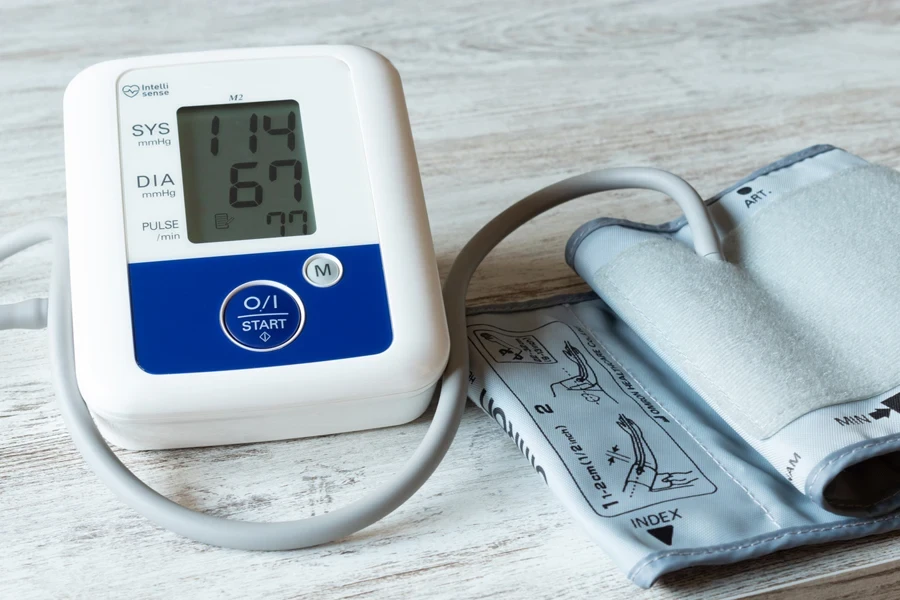
With the increasing trend of population aging, the proportion of the elderly population in the total population is increasing. With the postponement of retirement age and increased health awareness, the elderly population is more inclined to have regular blood pressure monitoring to manage their health.
Also, chronic diseases such as hypertension, heart disease, and stroke are on the rise globally, and these chronic conditions require long-term management and monitoring, resulting in an increased demand for blood pressure monitoring machines by healthcare professionals and patients.

Aspects to classify blood pressure meters
When choosing a blood pressure meter, it’s important to understand the different classifications based on measurement methods and usage areas to find the most suitable option for your business.
Depending on the measurement method
A manual sphygmomanometer needs to be artificially inflated and deflated, and the user listens to the sound to judge the blood pressure value. The accuracy of the measurement data is high, and the operation is more complicated. An automatic sphygmomanometer can automatically inflate, deflate, and measure blood pressure values. The operation is relatively simple and suitable for home use.
According to the different parts of use
Upper-arm sphygmomanometers offer superior accuracy compared to wrist and finger models, boasting rich features, portability, and varying price ranges. They are the most professional choice among the three types. Wrist BPM, while smaller and easier to wear, also comes with a range of professional brands. Finger sphygmomanometers, being the smallest, offer ease of measurement.
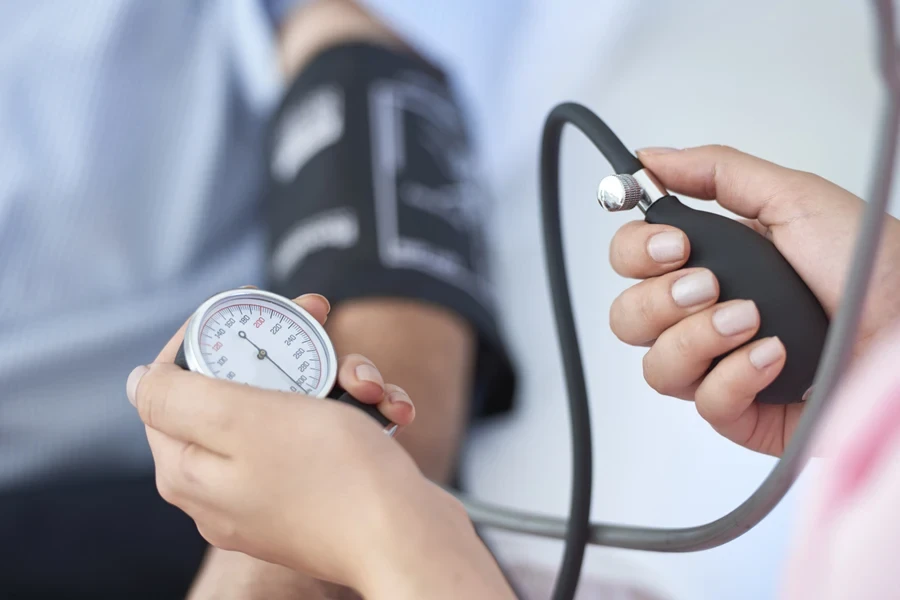
Latest developments of blood pressure meters
Advances in technology have brought multiple innovative solutions to the market of blood pressure measurement devices, improving the user experience and convenience of blood pressure monitoring. Here are some new features to consider when choosing.
1. Connect to smartphones
Modern blood pressure measuring devices can connect to a smartphone or watch via Bluetooth, Wi-Fi, or other wireless technology. Users can view real-time blood pressure data on their smartphone or watch, track changes, and manage their health through charts or trend analysis.
2. Data synchronization and analysis capabilities
Smart blood pressure measuring devices have data synchronization capabilities to upload measurements to the cloud or a personal health record system.
Through data analysis and machine learning algorithms, these devices can help users identify patterns of blood pressure changes and provide personalized health recommendations.
3. Non-contact blood pressure measurement technology
Some new blood pressure measuring devices use optical or pulse wave technology to measure blood pressure without direct contact with the skin, providing a more convenient measurement method. The contactless technology is particularly suitable for people with reduced mobility or who are unable to take traditional cuff measurements, such as older people or those with chronic conditions.
4. Integrated health monitoring
Some blood pressure measuring devices integrate functions such as heart rate monitoring and blood oxygen saturation measurement to provide a more comprehensive health monitoring solution.

Blood pressure measuring instruments are still being innovated to meet our changing health needs. The literature in the field indicates that extensive research is being conducted on the development of new techniques for blood pressure measurement.
Holz et al. developed Glabella, a prototype of wearable glasses equipped with optical sensors capable of continuously monitoring blood pressure based on pulse transmission times. This type of device is particularly useful for measuring blood pressure during activities such as eating, running, and walking.
The current era of Industry 4.0 mainly focuses on automation based on the Internet of Things (IoT) and artificial intelligence (AI). Therefore, IoT-based and remote sphygmomanometer measurement devices will be a big step forward in continuous wireless measurement and monitoring.
Recent developments include radar-based blood pressure monitor measurements, microcontroller sensors that can measure blood pressure monitors directly, and radar technology that can be transmitted directly via mobile and personal computers. On the other hand, wearable blood pressure monitoring sensors are also improving. This chip-sized sensor is also being developed to monitor a patient’s continuous blood pressure without wearing a cuff.
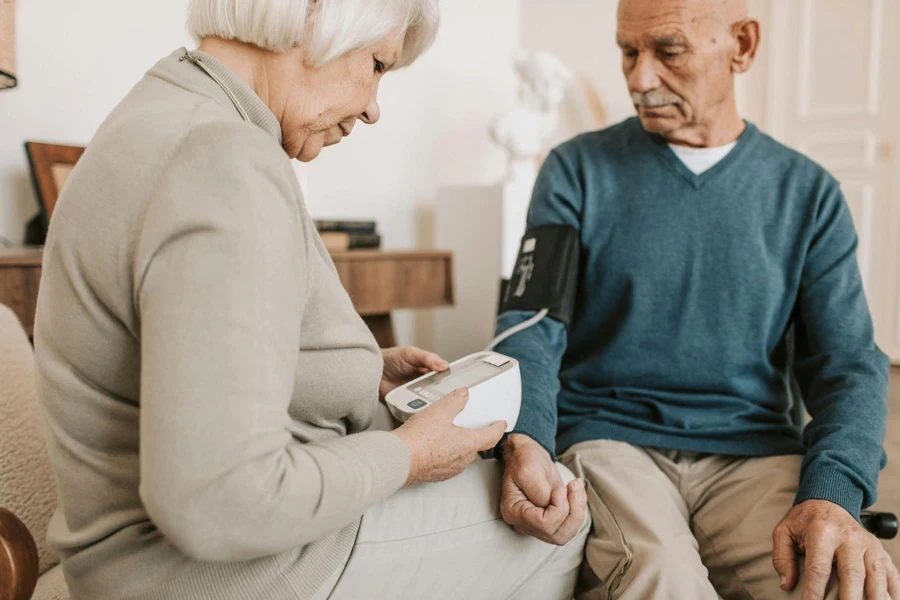
Key points for choosing blood pressure meters
When we buy a blood pressure monitor, we need to choose the right product according to the following points, combined with the type of blood pressure monitor.
Certificate and standards: At the time of purchase, choose a certified product. Some comply with the certification of international standards organizations (such as ISO) or have obtained the certification of medical devices in specific countries or regions (such as the FDA certification in the United States). The manufacturer also needs to have a [medical device production license].
Brand reputation: BPMs should be chosen based on a well-known brand and good market reputation. These brands usually have mature research, development, and production experience. They can also provide high-quality products and perfect after-sales service.
High measurement accuracy: This means the error range of an intelligent BPM when measuring blood pressure. High-precision BPMs can provide results close to those of clinical BPM (99%).
Easy to carry: for people with high blood pressure, blood pressure should be measured in the morning, noon, and evening. It is very important to measure blood pressure when going out, and a small volume and easy-to-carry blood pressure monitor is very suitable.
Easy to adjust: A blood pressure monitor needs to be suitable for different people in the family, and a product that can easily adjust the size and position of the watch band is important.
Application: Daily checks, health care, medical field. When choosing a sphygmomanometer, you should consider these parameters according to specific needs and preferences. Ensure that the selected sphygmomanometer meets the requirements for use.
Packaging details: The details include inner plastic bags and boxes, outer cartons, or as per customers’ requirements. It is also important to pay attention to other conditions, such as power supply requirements, data transmission requirements, size, stability, shelf life, etc.

A brief history of BPM development
It’s interesting to look back at the origins of blood pressure monitors and see how they’ve evolved over time. This background knowledge adds perspective to the remarkable advancements we’re exploring today.
Stephan Hales, a great physiologist, was the first to measure blood pressure using an invasive technique when, in 1773, he inserted a metal tube into a mare’s neck. Before Stephens Hales, no medical practitioner or researcher had been able to explain why blood gushed out of a torn blood vessel.
In his experiment, Hales inserted a brass tube one-sixth of an inch in diameter into the mare’s neck and fixed a glass tube nearly the same diameter and nine feet in length. He watched as the blood in the tube rose about 8 feet 3 inches.
When the blood reaches full height, it begins to palpate in sync with the pulse of 2,3,4. For his experiments, he received the highest scientific honor bestowed upon him by the state and was made a Fellow of the Royal Society.

Cauchy method
Auscultation is the most common method of measuring blood pressure with a mercury sphygmomanometer. It is an artificial non-invasive blood pressure (NIBP) measurement technique. Although invented in 1896, it is still used as the gold standard.
Because mercury is harmful to health, its use in clinics, hospitals, laboratories, and all other public places is prohibited. Therefore, the use of mercury sphygmomanometer is prohibited in medical practice. On the other hand, auscultation requires a trained person to measure blood pressure.
Pulse oscillations
The oscillation technique is a widely used automatic NIBP technique in this approach. There is no need to place sensors around the brachial artery.
Marey first demonstrated the oscillation technique in 1876. He observed pressure oscillations within the cuff. Then, he recorded the pressure oscillations at the point of maximum oscillation corresponding to the mean arterial pressure during the cuff pressure contraction. When the pressure in the cuff reaches above the systolic pressure and continues below the diastolic pressure, the oscillation begins.
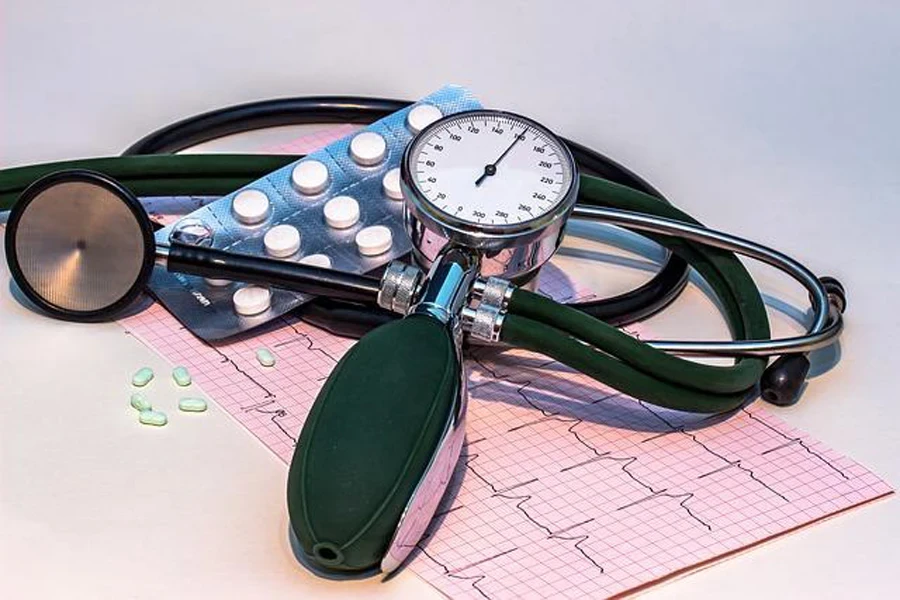
Summing up
The blood pressure meter market is poised for significant growth, driven by technological advancements and increasing health awareness. By understanding the benefits, applications, and key selection criteria, businesses can make informed decisions to capitalize on this expanding market and meet the evolving needs of consumers.
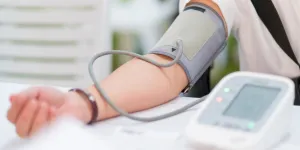
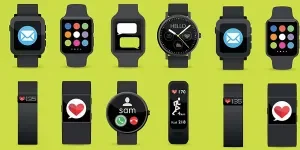
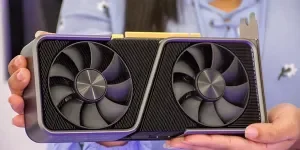


 Afrikaans
Afrikaans አማርኛ
አማርኛ العربية
العربية বাংলা
বাংলা Nederlands
Nederlands English
English Français
Français Deutsch
Deutsch हिन्दी
हिन्दी Bahasa Indonesia
Bahasa Indonesia Italiano
Italiano 日本語
日本語 한국어
한국어 Bahasa Melayu
Bahasa Melayu മലയാളം
മലയാളം پښتو
پښتو فارسی
فارسی Polski
Polski Português
Português Русский
Русский Español
Español Kiswahili
Kiswahili ไทย
ไทย Türkçe
Türkçe اردو
اردو Tiếng Việt
Tiếng Việt isiXhosa
isiXhosa Zulu
Zulu